In my travels as a YMCA Resource Director I am regularly impressed by the symbols incorporated into the logos and architecture of YMCA buildings. While these YMCA symbols may have been secularized – from the explicitly evangelical origins of the YMCA Movement, it is well worth noticing that they may well have been chosen or adapted because they drew on a recognizable (whether or not subliminal) cultural legacy.
Harold F. Worthley, Librarian with the Congregational Library of the American Congregational Association (in Boston, Massachusetts), offers the following insights into the symbolism of the terra cotta inlays which appear on the façade of the Westport Weston Family YMCA in Westport, Connecticut.
“The most obvious example of this is the equilateral triangle which has been drawn upon more than once as a symbolic shorthand. Whatever else it may be, it is an ancient symbol of the Trinity, reminding the observer that all three Persons of the Trinity are distinct and equal (the three sides), yet inseparably joined (the triangle overall). When Gulick designed the Y’s logo, and the body-mind-spirit interpretation, he was also echoing the famous Christian ‘great commandment’: “And thou shalt love the Lord thy God with all thy heart, and with all thy soul, and with all thy mind, and with all thy strength.” (Mark 12:30 and Luke 10:27; Matthew omits “strength” in 22:37.) If in Gulick’s mind “heart” and “soul” equaled “spirit”, then “strength” equals body, and “mind” equals “mind”. Was this intentional? Who can say? But it would ring bells in the minds of anyone raised in the predominantly evangelical Christian culture of America’s late 19th century.
In the Christian context, the circle is a symbol of eternity or God’s eternalness (without beginning or end), or of (God’s) perfection.
Taking some of the other symbols which appear (in the terra cotta inlays): the shield carries shorthand for a particular identity – in liturgical art each of the twelve apostles has a shield (actually, each has several shields). Peter’s shield shows crossed keys (Matthew 16:13-19), an inverted cross (for the manner of his death), a rooster (Matthew 26:75), etc. Heraldry used (and uses) the shield to identify a family or individual’s persona (carrying a coat of arms). And a shield is an instrument of warfare (“Onward Christian soldiers”, “The Son of God goes forth to war”, etc.), harking back to the days when armies or solitary combatants could identify an unrecognizable opponent (because encased in armor) or his own feudal lord! by the shield’s design.
The torch represents “Christ, the Light of the World”. In a broader sense, it represents the intellect, education, etc.
The oak tree symbolizes strength and longevity, enduring relationships, and firmness of faith in God. In antiquity, oak leaves were used like laurel to make crowns for civic or athletic heroes.
There is a “legend of the dogwood”, which tells of the peculiar magenta staining of the flower’s white petals as representing the blood of Christ, and implying the evangelical doctrine of blood atonement for the sins of each believing Christian.”
Saturday, December 6, 2008
Subscribe to:
Post Comments (Atom)

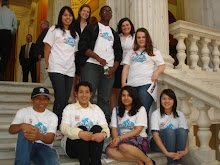





.jpg)

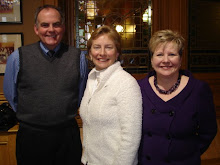




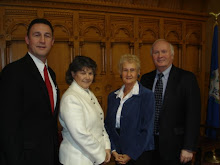






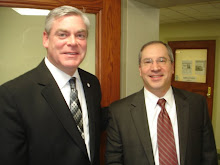


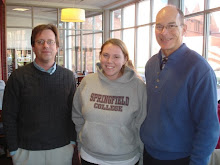



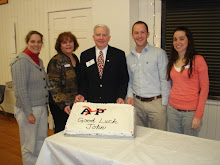
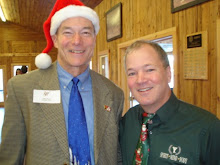

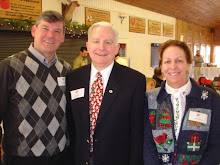
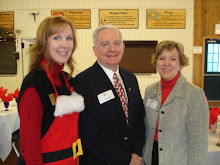


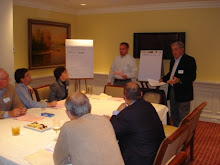
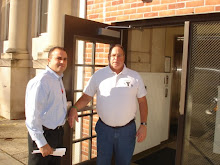

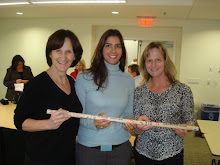
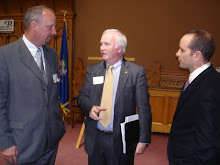



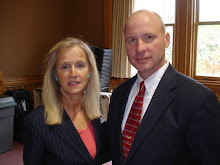
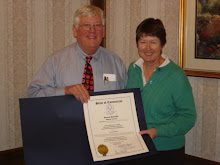



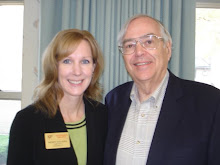
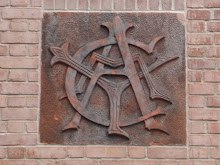
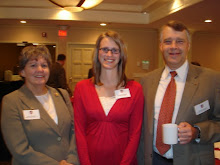
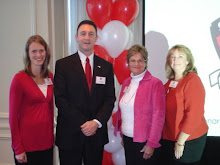

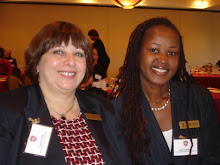

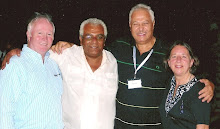
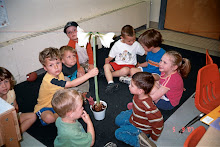
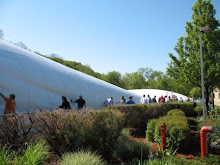
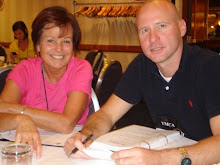
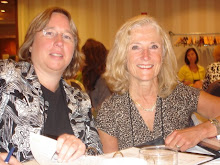




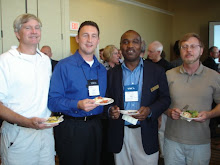
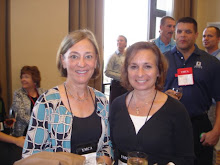
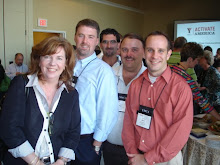
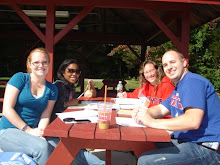
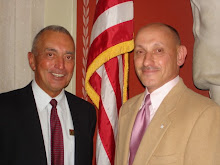

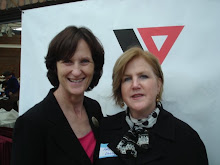

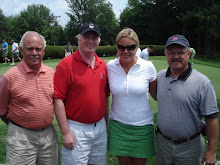


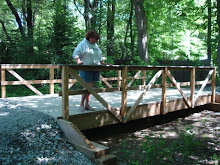
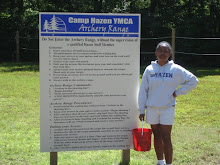








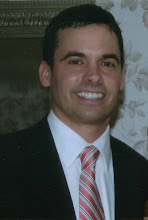

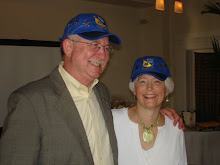
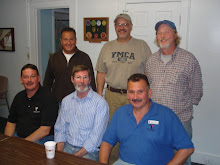




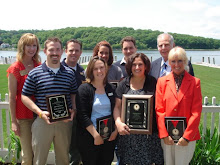
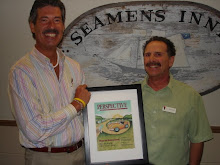
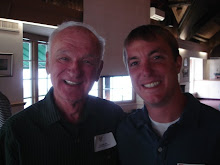
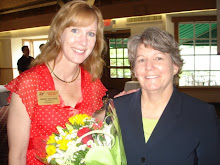
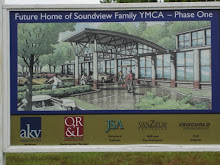

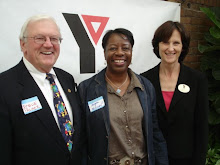


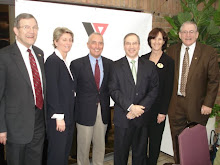
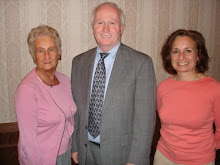
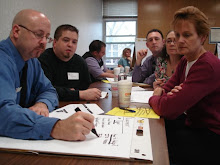


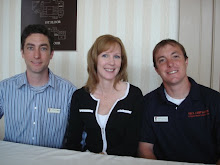
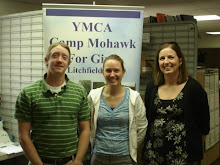
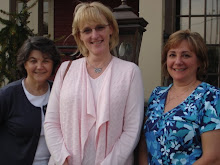
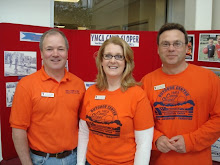
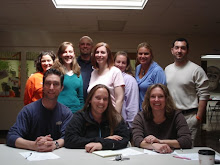


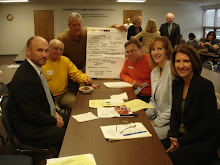
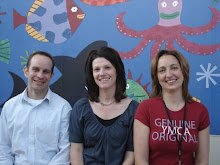






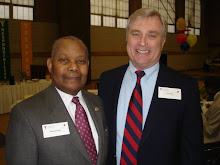
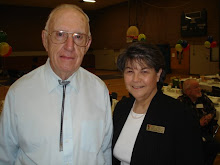
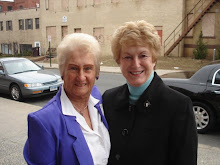


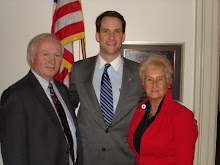

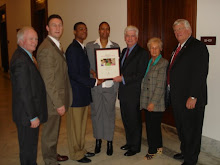

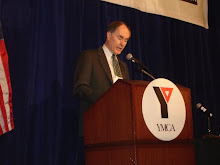
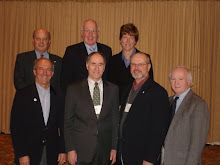


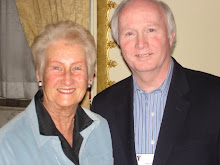
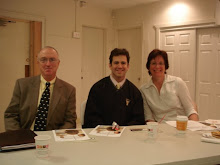
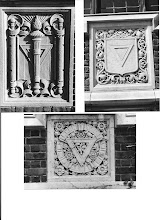
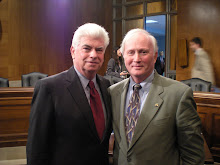

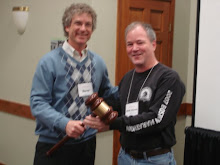

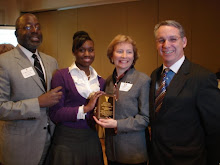


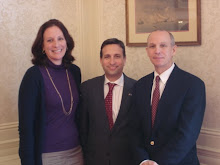

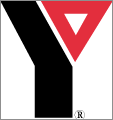



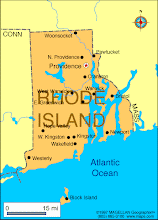
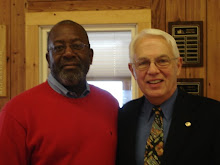

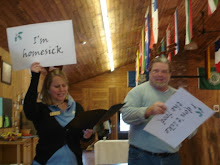

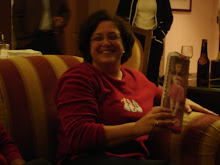
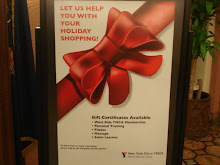

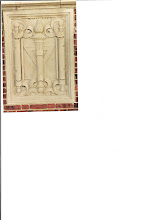


No comments:
Post a Comment